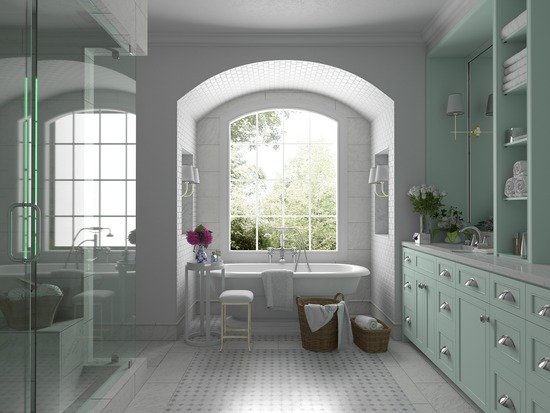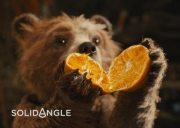Solid Angle 3ds Max to Arnold v1.2.897 for 3ds Max 2018

Solid Angle 3ds Max to Arnold v1.2.897 for 3ds Max 2018
Integration with 3ds Max shapes, cameras, lights and shaders.
Image Based Lighting support, including a state of the art physical sky.
3ds Max ActiveShade interactive rendering allows parameter changes to be rapidly previewed without interrupting your work.
Support for AOVs & Deep EXR files.
Defer the creation of geometry at render time with the Procedural placeholder nodes.
Texturable Mesh lights.
3rd Party Arnold shader support.
MAXtoA Cloud Rendering for stills and animations. Users can join the optional Autodesk ‘Render Pilot’ program, which now supports MAXtoA.
Enhancements:
New sub-surface scattering algorithm in standard_surface: unlike the empirical BSSRDF method based on diffusion theory, this new method actually traces below the surface with a real random walk and makes no assumptions about the geometry being locally flat. This means it can take into account anisotropic scattering like brute-force volume rendering and produces much better results around concavities and small details. It can also be substantially faster for large scattering radius. On the other hand, the new method can be slower in dense media, does not support sss_setname for blending two surfaces together, may require redialing materials to achieve a similar look, and is more sensitive to non-closed meshes, “mouth bags”, and internal geometry potentially casting shadows. This new algorithm is exposed in the standard_surface shader via the new parameters subsurface_type (with enum values diffusion and randomwalk) and subsurface_anisotropy (Henyey-Greenstein’s eccentricity g from -1.0 to +1.0). The default is to use the old empirical diffusion method in order not to break the look of existing scenes.
New standard_surface’s transmit_aovs flag: standard_surface shaders with transmission can now pass through AOVs, by enabling the transmit_aovs parameter. If the background is transparent, then the transmissive surface will become transparent so that it can be composited over another background.
New car_paint shader: a dedicated shader for car paint, which can be thought of as the combination of a simplified version of the standard_surface and flakes shaders. This shader can create a wide range of car paint looks without having to connect several nodes.
Improved flakes shader: the size parameter is replaced by the density parameter, which makes it easy to control the size and number of flakes. Alpha channel can be used as a mask. The new shader supports non-disc shapes and 3D flakes, which can be used for rendering gemstone inclusions like Goldstone, for example.
Improved triplanar shader, now supporting projection through Voronoi cells using the new cell parameter. The rotation angle of the projected texture for each cell can be controlled with the cell_rotate parameter. Cells can be smoothly blended using the cell_blend parameter.
Improved shadow_matte shader: we have revamped and simplified the shader to make it easier to use, and fixed a number of long-standing issues: Indirect illumination now fills the global diffuse_indirect and specular_indirect AOVs, so we have removed the shader’s (confusingly named) indirect_diffuse and indirect_specular AOVs. Self-reflections are no longer rendered. A new specular_IOR parameter was added that controls Fresnel reflection. Parameters offscreen_color and background_type were removed. The new enum parameter background can be set to either scene_background (default) or background_color, which allows connecting a specific texture in the background_color parameter slot. Parameter alpha_mask was added to control whether the alpha must be opaque or if it has to contain the shadow mask.
Subdivision frustum culling options: it is now possible not to subdivide patches outside the view or dicing camera frustum. This is useful for any extended surface that is only partially visible as only the directly visible part will be subdivided. Similarly, no subdivision work will happen if a mesh is not directly visible. This can be turned on globally by setting subdiv_frustum_culling true in the rendering options and can be turned off for specific meshes with subdiv_frustum_ignore true in the Arnold Properties. The global subdiv_frustum_padding adds a world space padding to the frustum that can be increased as needed to minimize artifacts from out-of-view objects in cast shadows, reflections, etc. Note that motion blur is not yet taken into account and moving objects might require some additional padding.
An environment variable (MAXtoA_LegacyMapSupport) is now available to turn on the legacy map support by default.
Download links:
http://nitroflare.com/view/627F2590FE96900/Solid.Angle.3ds.Max.To.Arnold.v1.2.897.For.3ds.Max.2018-AMPED.rar
Comments
Add comment
New Daz3D, Poser stuff
New Books, Magazines
 2017-12-4
2017-12-4

 2 002
2 002
 0
0
















